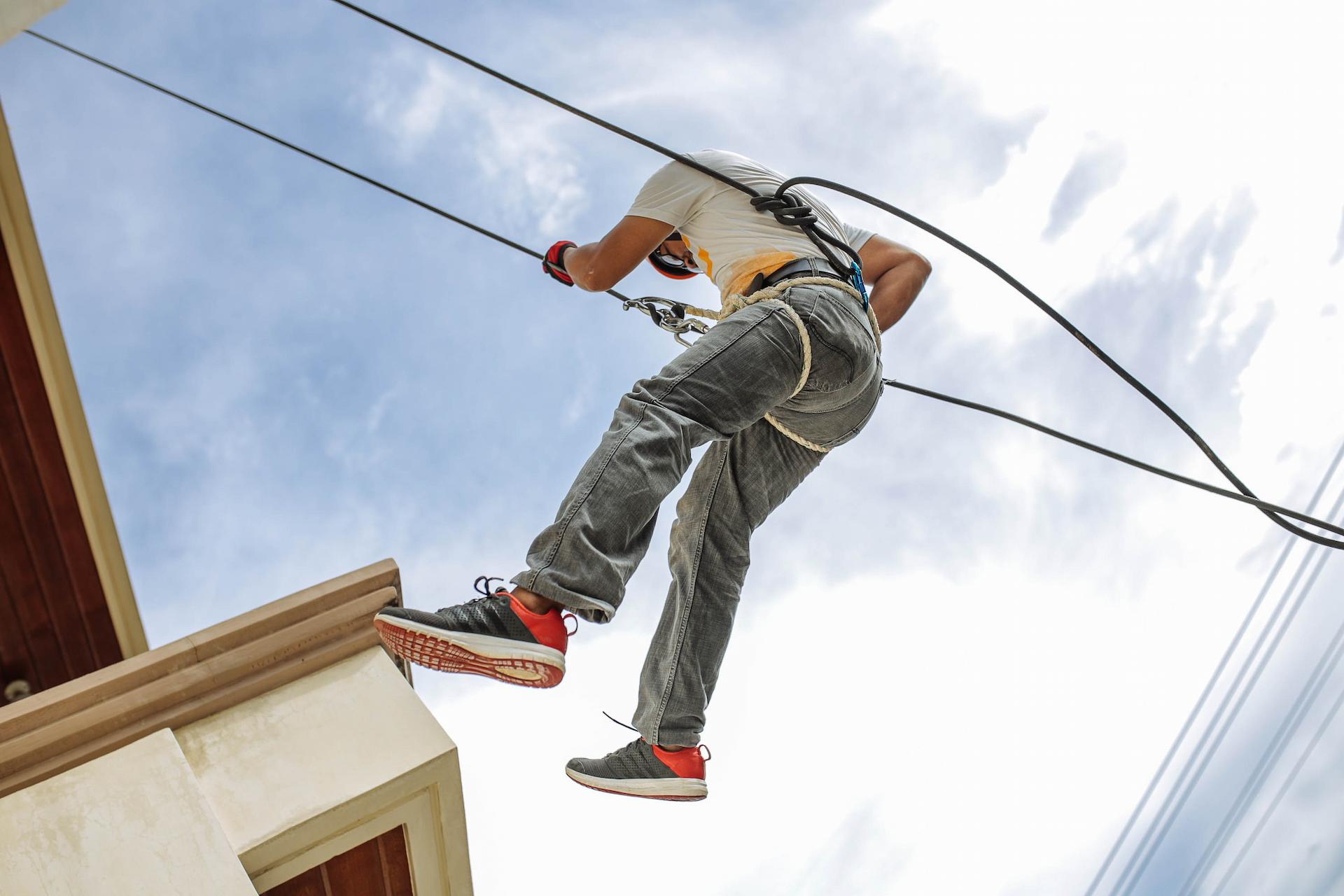Falls are reported as a primary cause relating to the rising number of work-related injuries and deaths. To prevent this, the Occupational Safety and Health Administration (OSHA) has mandated strict rules for employers to protect their employees from falling hazards. One of these rules included in the OSHA fall protection program entails using of safety harnesses. Jason Wible Frenchcreek focuses on the role of safety harnesses.
The Function Of Safety Harnesses
- A safety harness comprises a body harness, one or more connectors, and an anchorage or D-ring. Each component plays an important role in its functioning:
- Consisting of straps enclosing the chest, back, and legs snugly, the body harness is a key safety tool worn by employees to prevent falls.
- Connectors are safe attachment points for a lanyard or lifeline, which keeps the worker attached to a robust immobile object.
- A D-ring of harness sits in between the shoulder blades of the workers and enables the wearer to stay upright followed by a fall.
- As a whole, the body harness is intended to absorb the entire force of the fall while allocating its impact uniformly across the wearer’s shoulders, chest, waist, back, and legs.
While a safety harness needs to be fitted with safety lanyards. The security officials or the workers need to calculate the lanyard length considering the fall distance. The safety of an employee relies greatly on the accuracy of determining the right length of the lanyard.
OSHA Fall Protection Program Criteria
- OSHA has obligated employers to provide safety harnesses to their workers in construction (Those who work at height).
- Whereas an employee performs a job at a height of 6 feet or more above the ground and is not provided with any guardrail or safety net.
- Whereas a worker performs a job in an area that is less than 6 feet away from the roof edge.
- When erecting or disassembling scaffolding with an incomplete handrail system at a height of 10 feet or above.
- There is no minimum height when workers perform the job surrounding risky equipment, gear, etc. falling into which due to slips or trips is always possible.
According to Jason Wible Frenchcreek, OSHA also instructs employers to ensure absolute protection of employees from falling that could cause injury or even a casualty with extra safety equipment such as guardrails, safety nets, etc.
Obligatory Role Of Employer To Protect Falls
- Employers remain responsible to provide necessary training to workers about the role of safety harnesses, how to don and take off the safety tool, and the procedure to store them.
- The employer should inspect the job site to verify areas that could cause fall hazards. Safety officers should analyze the issues related to fall hazards and proper safety measures must be taken.
- Inspection of safety equipment including safety harnesses from time to time is mandatory.
- Everything should be documented.
Any kind of violation of the rule will attract a high penalty while any injury and death because of breaching the rule may lead to criminal penalties like imprisonment.
